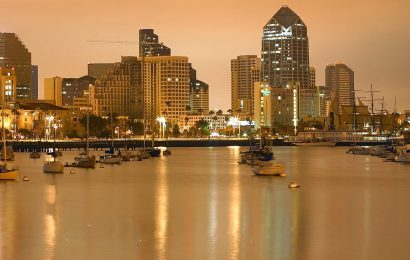As much technology as we have, as many expeditions as there have been conducted, and the earth still has many uncharted places and unknown secrets to be revealed. I was just reading this morning an article on a huge discovery: the largest volcano on Earth and perhaps the second largest one in our solar system, Tamu Massif, was found underneath Pacific Ocean.
Located off the coast of Japan, this volcano seems to be having the same size as the British Isles with a footprint of roughly 120,000 square miles. Apparently until now it wasn’t clear if Tamu Massif was a single volcano or part of a series of volcanoes. Researchers discovered however that it is a single volcano and hope that by analyzing it will find out more on how massive volcanoes can form.
“An immense amount of magma came from the center, and this magma had to have come from the Earth’s mantle. So this is important information for geologists trying to understand how the Earth’s interior works” told to Nature World News William Sager, a professor in the Department of Earth and Atmospheric Sciences at University of Houston who began researching Tamu Massif twenty years ago.
“It’s not high, but very wide, so the flank slopes are very gradual,” also stated Sager. “In fact, if you were standing on its flank, you would have trouble telling which way is downhill. We know that it is a single immense volcano constructed from massive lava flows that emanated from the center of the volcano to form a broad, shield-like shape. Before now, we didn’t know this because oceanic plateaus are huge features hidden beneath the sea. They have found a good place to hide.”
The researcher told the Houston Chronicle that this volcano presents no threat.
So it is a known volcano, but just now enough relevant data was available to make a positive determination of whether this volcano is a single one and not part of a series of volcanoes.



